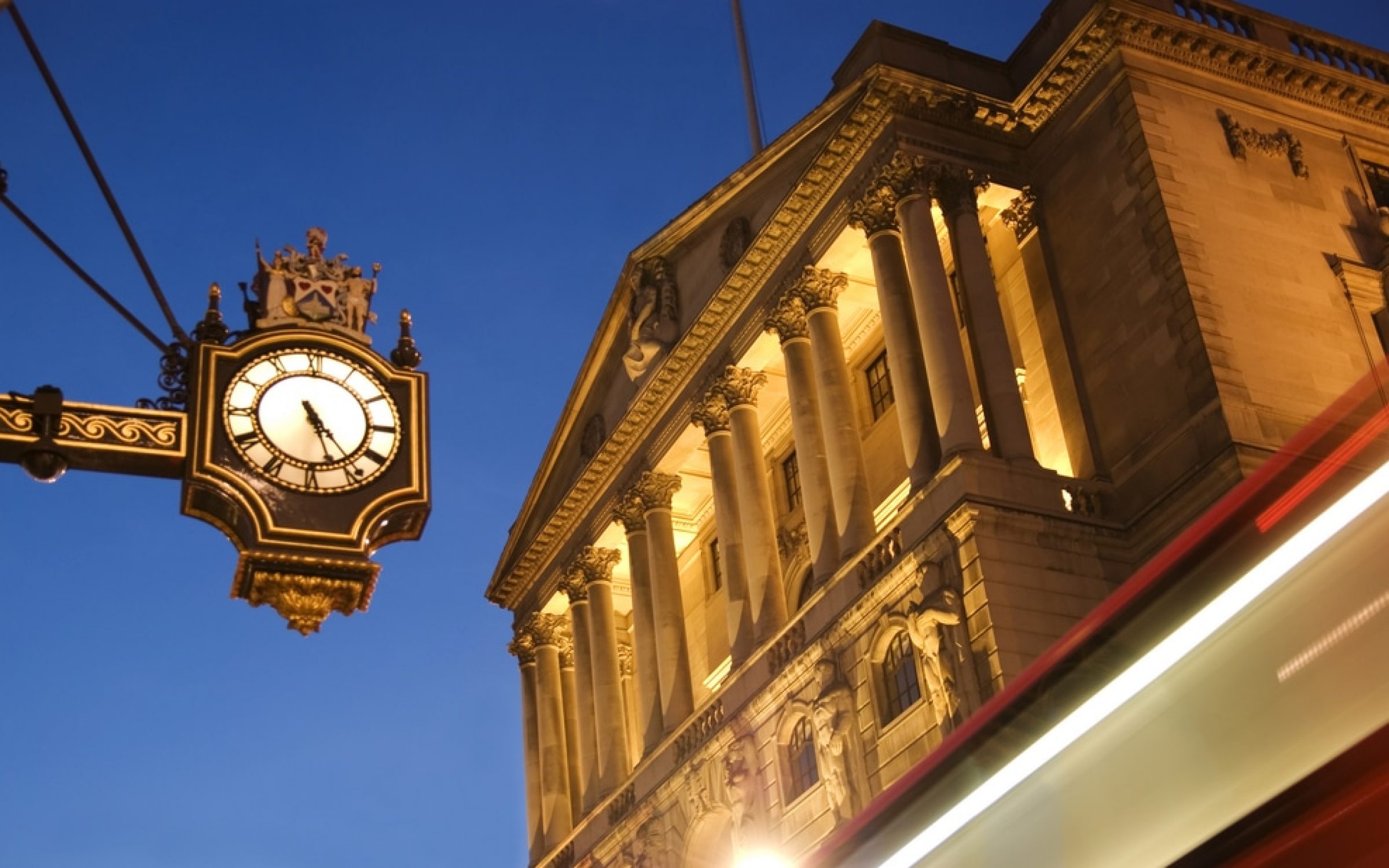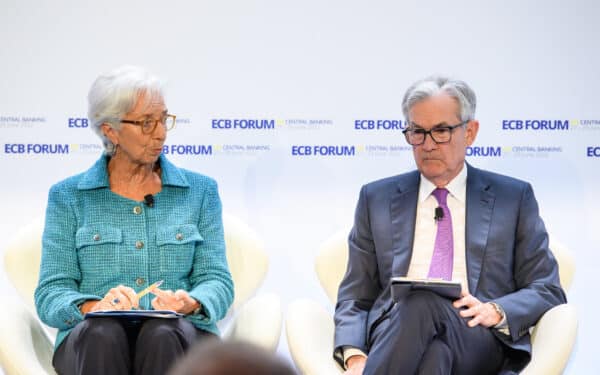Following the latest meeting of its Monetary Policy Committee (MPC), the Bank of England (BoE) today increased its base rate by 25 basis points to 5.25%. This marked a fourteenth consecutive hike since the MPC started its current tightening cycle in December 2021. The base rate is now at its highest level since February 2008, when it stood at 5.50%. Six of the nine committee members voted for today’s rise, with two members preferring to increase the Bank Rate by 50 basis points and another voting to hold at 5.0%. The MPC also signalled that it is willing to hike further in the future and will maintain high rates for an extended period if needed, saying: “if there were to be evidence of more persistent pressures, then further tightening in monetary policy would be required. The MPC will ensure that Bank Rate is sufficiently restrictive for sufficiently long to return inflation to the 2% target”.
The quarterly Monetary Policy Report was released alongside the announcement today, predicting weak output growth for a sustained period. Calendar-year GDP growth is forecast by the BoE to be 0.5% in 2023 and 2024, and 0.25% in 2025, reflecting the impact of higher interest rates.
The BoE targets 2.0% inflation and the recent hikes in interest rates have been aiming to reduce inflation to this level. The Consumer Prices Index (CPI) measure grew by 7.9% in the year to June, decelerating from 8.7% in May. Positively, core CPI also slowed in June, reaching 6.9%, down from May’s more than 30-year high of 7.1%, though this still remains more than three times the BoE’s target level. As core inflation tends to be stickier, a downward movement will have been an encouraging signal to policymakers. Cebr is expecting a continued deceleration of inflation over the rest of the year, in particular driven by lower energy prices, with inflation expected to stand at 4.4% by the end of the year. This would be far below the double-digit inflation seen at the start of 2023, but still high by historical standards.
Some lingering price pressure, particularly in the stickier core inflation categories, is likely to persist, even once the headline rate has fallen, similar to what is currently happening in the US and the Eurozone. The current tightness of the labour market is driving more persistent inflation by increasing the bargaining power workers have to ask for higher wages. The latest data show that annual growth in average regular pay (excluding bonuses) was 7.3% in March to May 2023. With workers earning more, it can stimulate demand and cause businesses to put up their prices, leading to second-round inflationary impacts. From the supply side, businesses may also be inclined to raise their prices in response to increased labour costs, in an attempt to maintain their margins. The stickiness of some elements of inflation means that Cebr is forecasting further rate rises from the BoE in a bid to curb demand-side pressures. We are expecting the base rate to peak at 5.75% this year.
This contractionary monetary policy is expected to come at a cost. In particular, small businesses are reducing economic activity as higher interest rates increase the cost of debt. Cebr’s latest Small Business Index report for the Federation of Small Businesses (FSB) shows that the proportion of small businesses with negative views on credit availability and affordability increased to 50.9% in Q1 2023, up from 36.5% in the same quarter of 2022. This lack of credit access is likely to lead to lower investment by businesses and weaker economic activity more generally. Softer business output, in addition to pressure on consumer demand from continued inflation, means that Cebr is now forecasting two consecutive quarterly declines in GDP in Q4 2023 and Q1 2024. Overall, we expect full-year GDP growth to amount to 0.3% over 2023.
The author is managing economist at Cebr




